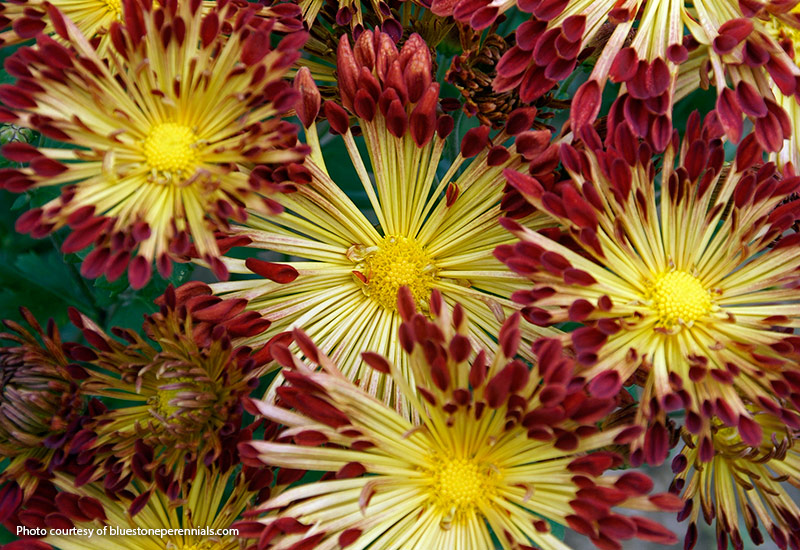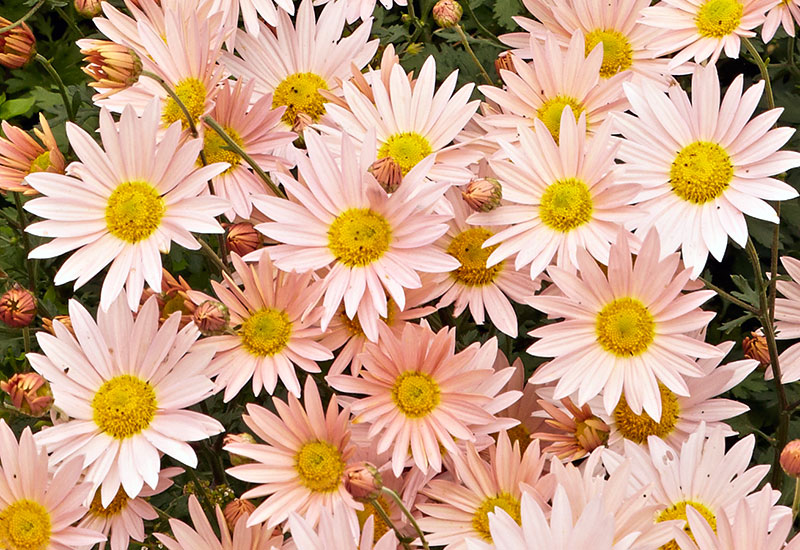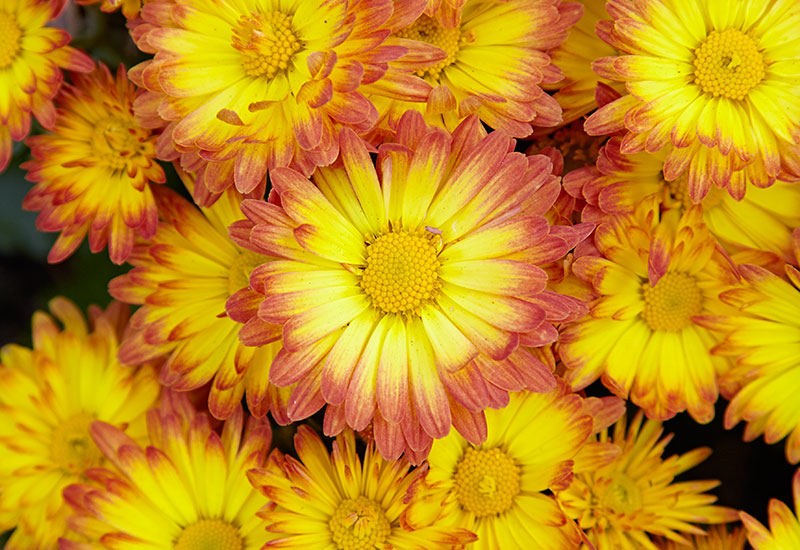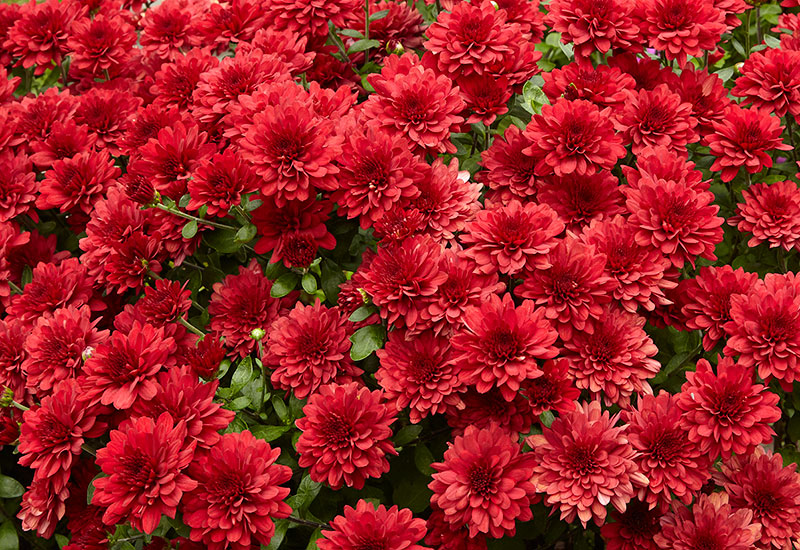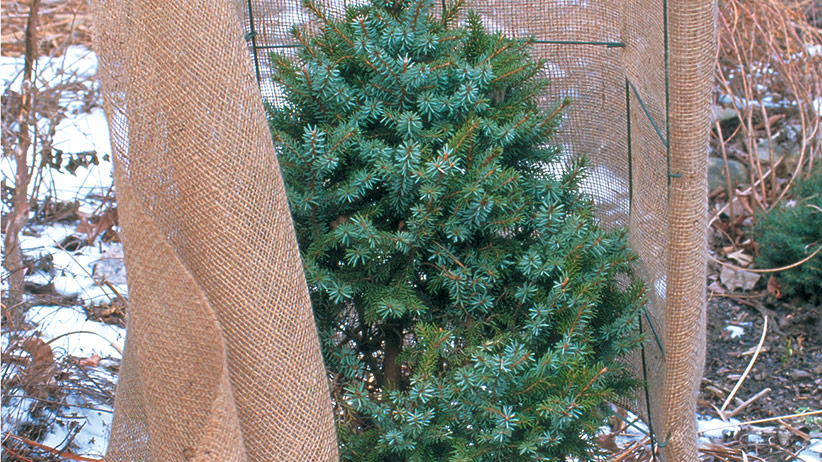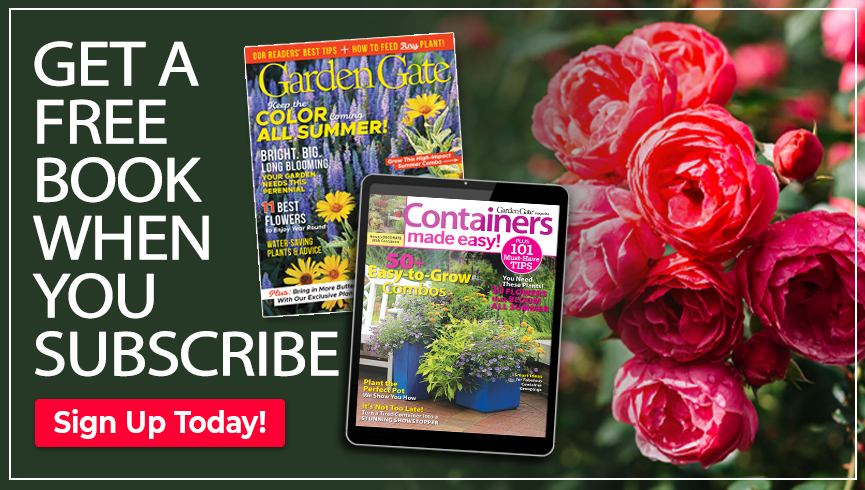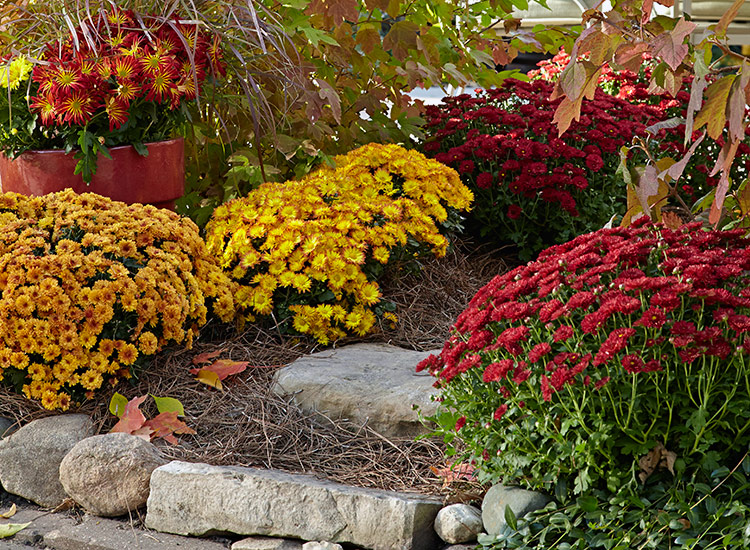
Mums: the classic fall flower
Chrysanthemums are ubiquitous in the fall gardenscape. Few plants give such a colorful show during fall in cold-winter climates. You can find garden mums in any color except for true blue. These plants also come in several different flower forms. You can see a few of them in the slideshow below.
Different mum flower forms
- Decorative flowers are double, with tightly overlapping rows of petals.
- Daisy flowers are single, with narrow petals radiating out from the center.
- Spoon flowers are similar to daisies, but with the half of the petal nearest the center “quilled,” or rolled into a tube.
Are mums an annual or a perennial?
Many folks treat mums as annuals, buying whatever color strikes their fancy in the fall and tossing the plants on the compost pile when winter comes. But the truth is mums are a perennial, with many that are cold-hardy even into USDA zone 4. You just have to know how to keep them alive. Watch the video above to learn more!
Planting mums in fall doesn’t give them enough time to get established before winter comes. Check out our mum growing tips below that will help your mums come back every year.
You Might Also Like:
Colorful Fall Garden Bed Plan
10 Low-Maintenance Perennials for Your Garden
The Best Maiden Grasses for Your Garden
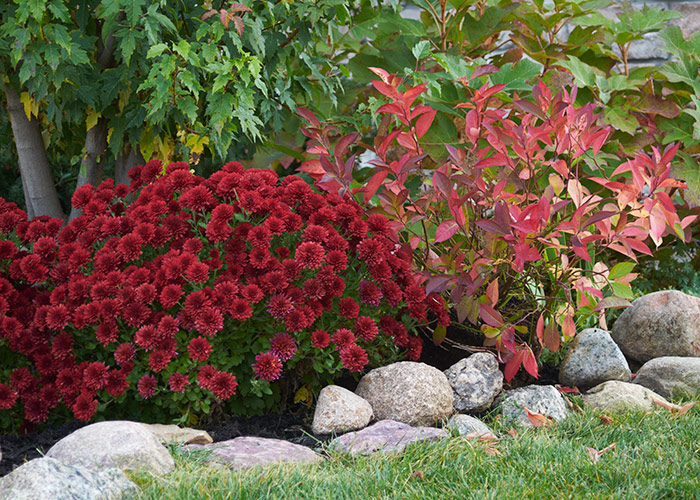
How to grow your best garden mums
While hardy perennial mums are usually quite durable, with a bit of extra care you’ll reap huge rewards. Here are tips to reduce the risk that you’ll have to plant new mums every year.
1. Plant mums in spring
Spring is the time to get mums in the ground. That gives them lots of time to send out a strong root system that will keep them from being heaved out of the soil over the winter. Buy young starts in early spring. If they have flowers, snip them off so the mum puts its energy into growing more roots and branches.
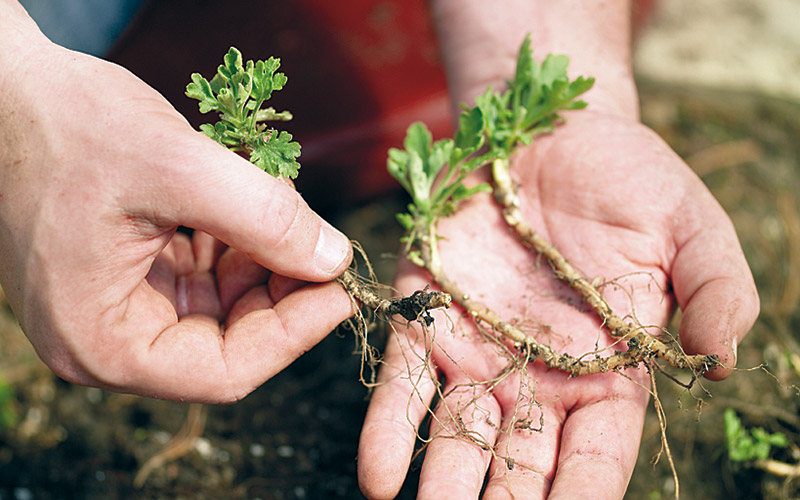
2. Divide plants frequently
For the most flowers, divide mums every spring. Toss out the weak and woody centers and reset only healthy young sprouts from the edge of the clump.
3. Choose a sunny spot to grow mums
Always plant hardy mums in full sun and well-drained soil. Avoid locations that stay wet or where water collects, especially in winter. With too much moisture, the crown rots and the plant will die.
4. Fertilize mums regularly
Mums are heavy feeders. Start with a granulated 10-10-10 fertilizer as soon as you see new growth. Give them another dose in early August, or when you spot the buds forming. Or apply a slow-release fertilizer in spring. But if you irrigate or it’s been a rainy season, give your mums a little extra 10-10-10 as the buds form. Never feed after mid-August or the plant will try to keep growing rather than wind down to prepare for dormancy.
5. Protect plants over winter
Mums left standing will survive cold winters better than ones cut to the ground. And it’s a good idea to spread 2 to 4 in. of straw or other loose mulch over the roots to keep them evenly cold and protected.
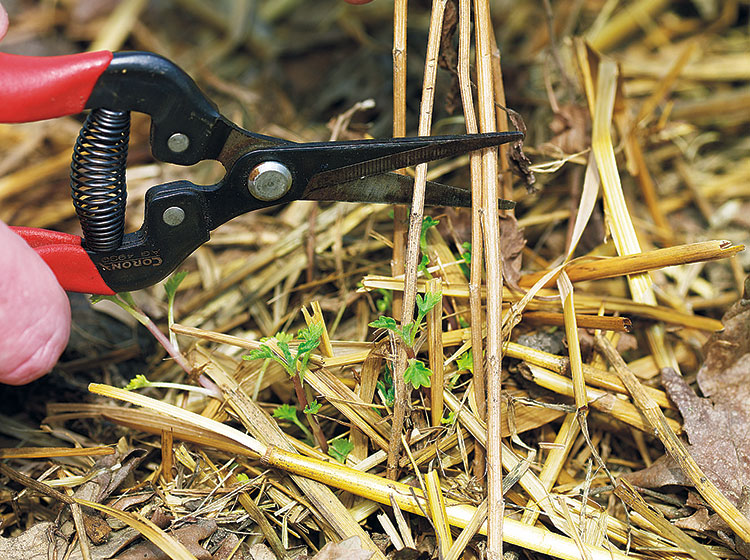
6. Be patient in spring
Wait until spring to uncover the crown and cut the old stems down. Late cold snaps can kill tender new growth.
You Might Also Like:
Explore More Plant Guides
Coneflower Growing Guide
Mum & Kale Container Planting
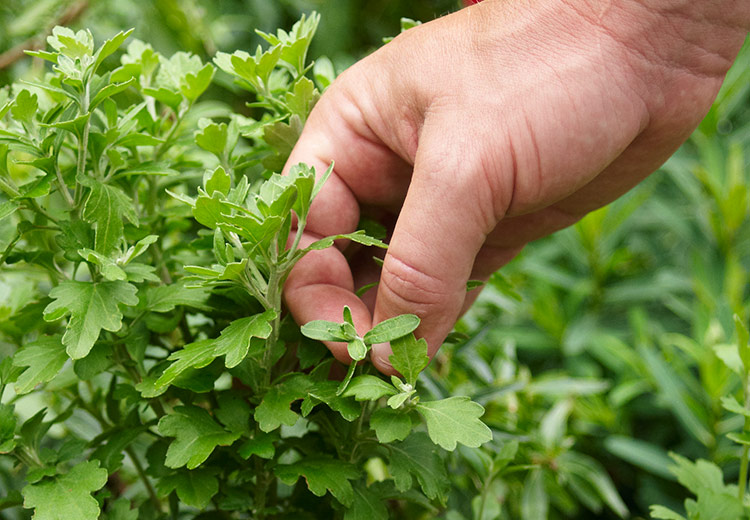
Different methods for pinching mums
So you planted in spring and your mums come back every year. Why do they stretch into lanky plants by fall and not grow in those tight cushions covered in buds that you’re used to seeing at the garden center? Pinching can help.
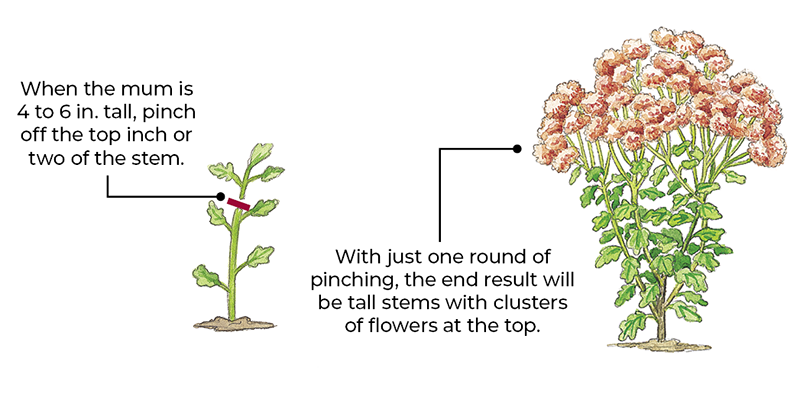
Pinch mums for more flowers
Pinching is the way to get the most flowers, but if you want a taller, more natural-looking mum, do it just once. When the plant is 4 to 6 in. tall, pinch out the growing tip with your fingers or use small pruners to snip out the tip. You’ll get four or more side shoots that will each produce a cluster of flowers.
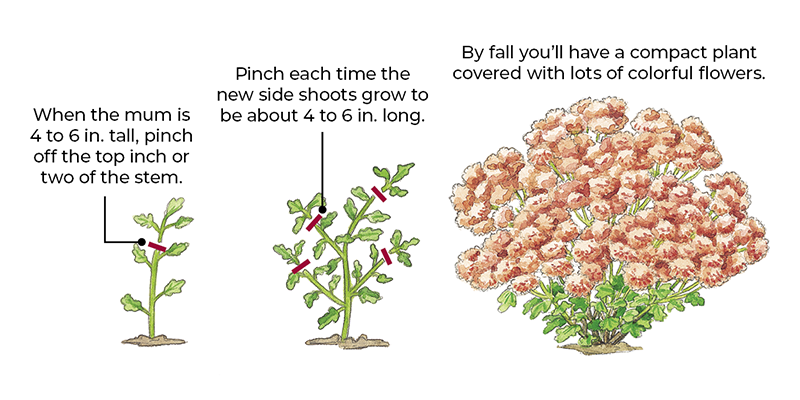
Pinch mums for a mounded look
Looking for shorter plants with more flowering branches? You’ll want to start pinching in spring and repeat the process every time new growth stretches to 4 to 6 in. long. Stop pinching in mid-July so your mum will have time to set flower buds.

Add mums to container gardens
To get the most bloom time, choose potted mums at the nursery whose buds are just starting to show color like you see above. And if you’re planting them into containers, don’t worry about using a high-quality potting mix or even fertilizing — they’re ready to go. Actually, no matter how you’re going to enjoy them, you can simply slip the mum, nursery pot and all, into place and you’re set for the season.
How to pick out the best potted mum in fall
Are you buying mums at your local nursery for a quick pop of color for late-season containers and borders? Watch this first! Kristin shares her smart tips for picking out the best plants to buy in order to enjoy blooms the longest.
You Might Also Like:
Cool-Colored Fall Containers
Fall Garden Checklist
How to Grow Pansies

Try these mum varieties in your garden
Garden mums have been hybridized for hundreds of years, starting in Asia, moving to Europe and then on to North America. The ones for sale now are complex hybrids, mostly the progeny of two species from China and Japan, Chrysanthemum indicum and C. × morifolium. The selection in the gallery below are just the tip of the iceberg!





